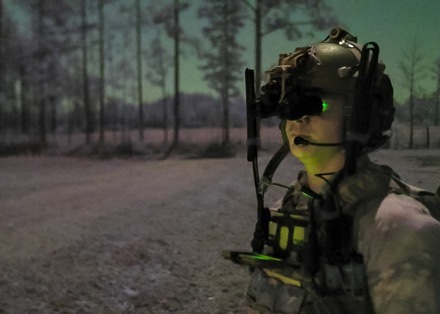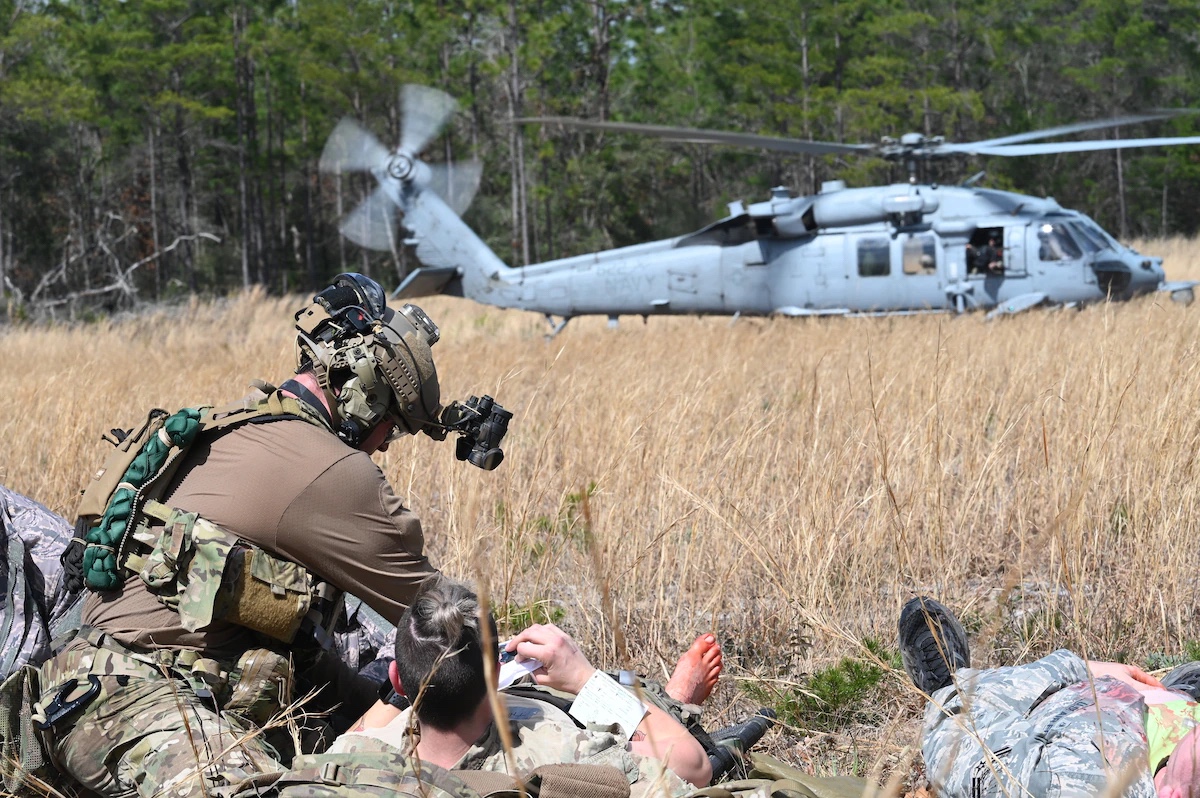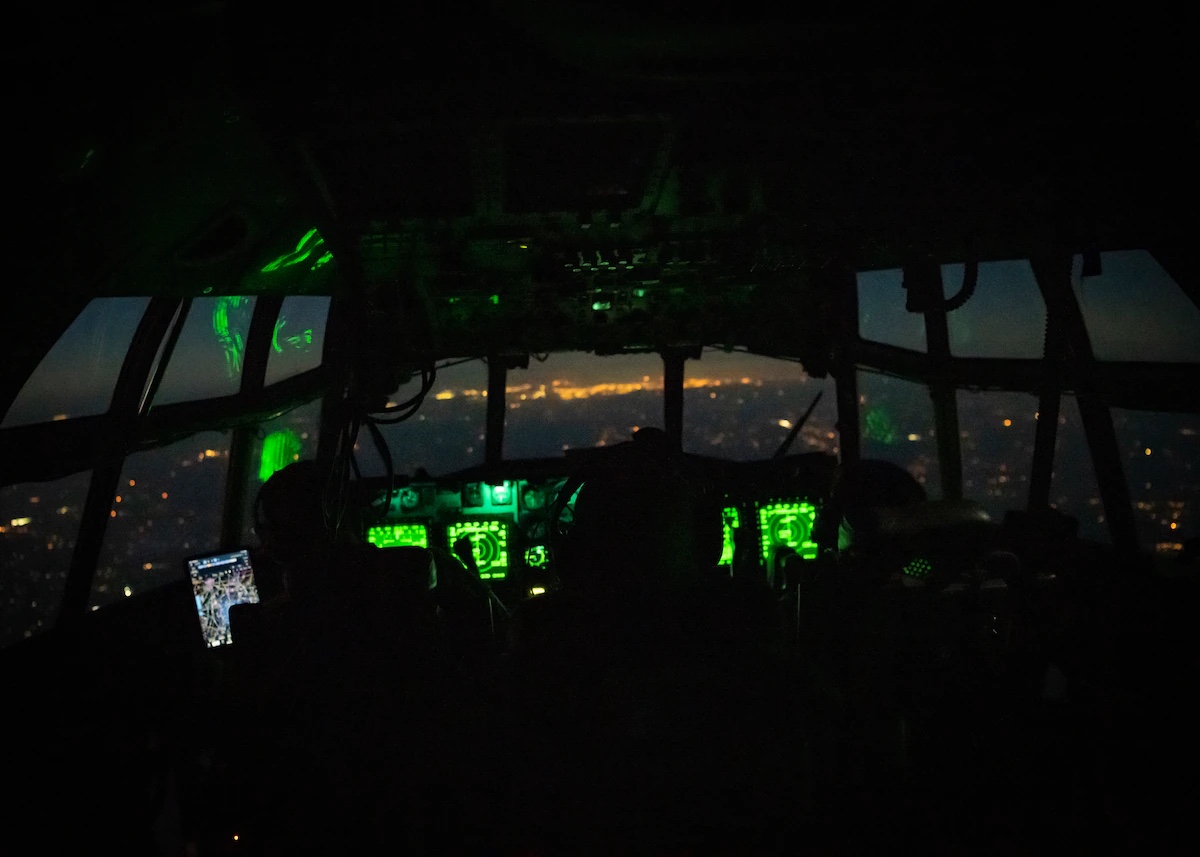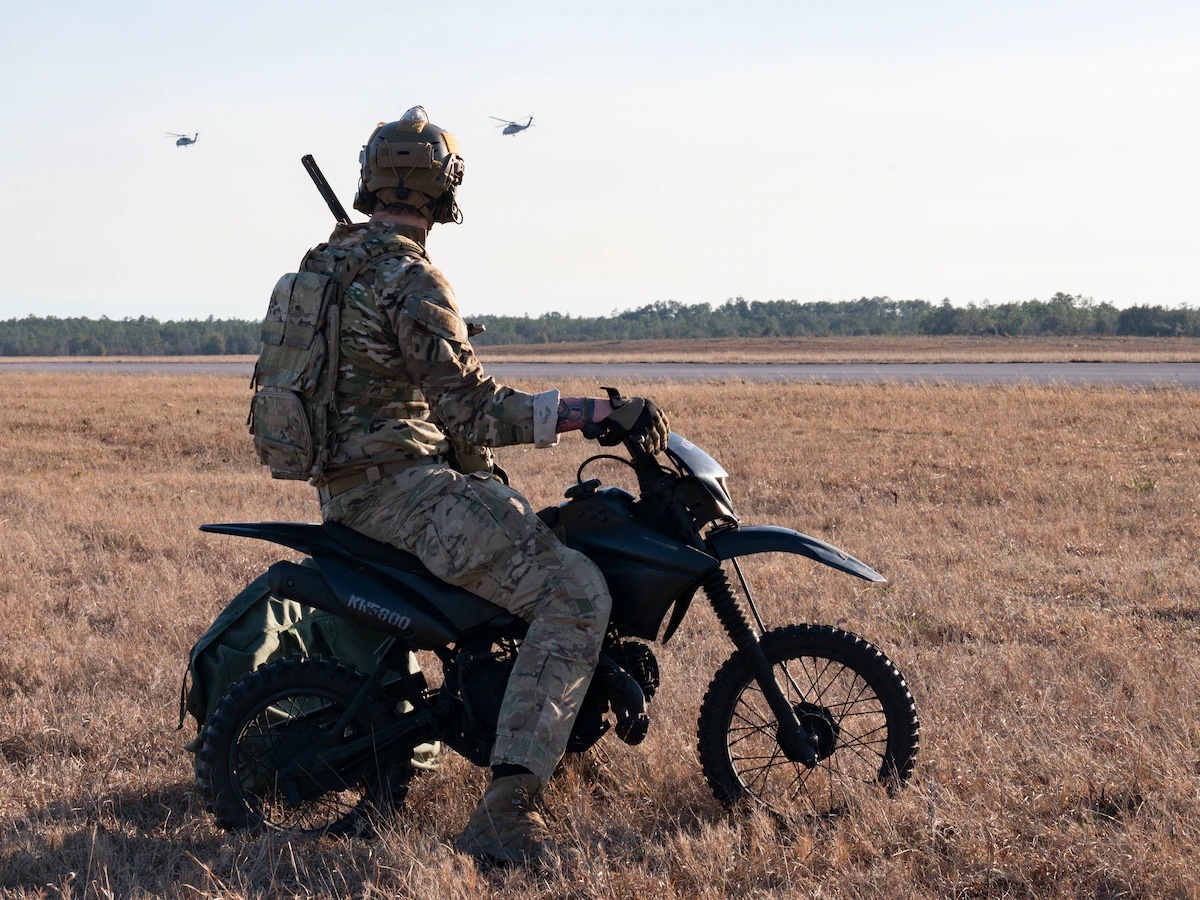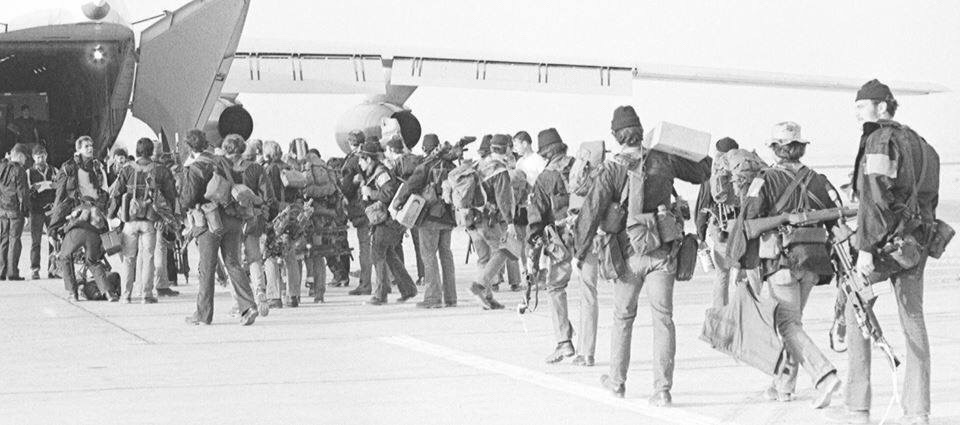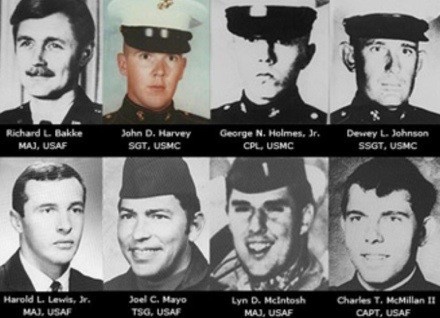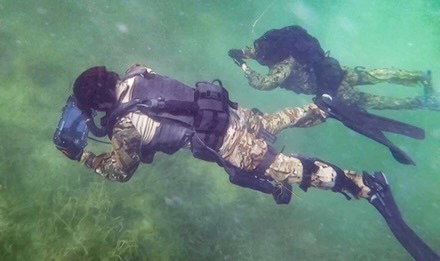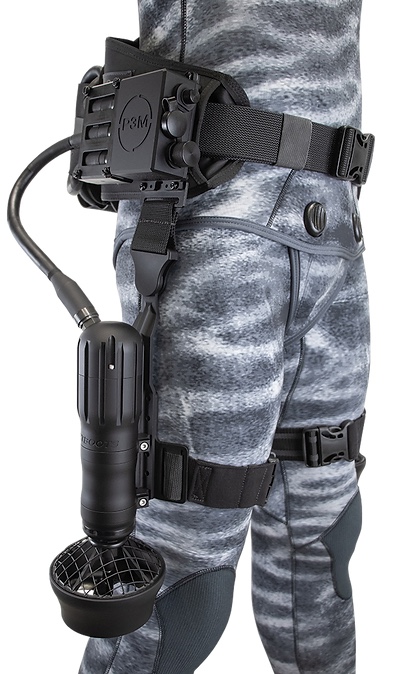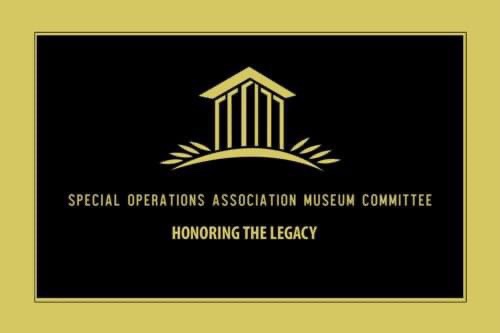CLARK AIR BASE, Philippines —
More than 16 years and 7,000 miles from their first meeting as cadets at the United States Air Force Academy, two pilots reconnect while participating in an academic exchange during Balikatan 22, a bilateral military exercise that strengthens the long-standing alliance between the Philippines and the United States.
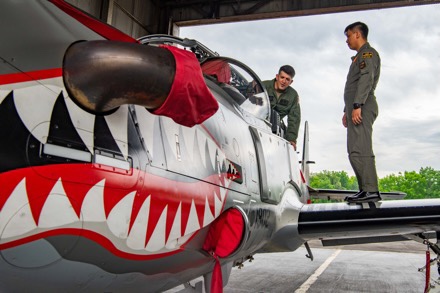
U.S. Air Force Maj. Dan Jackson and Philippine Air Force Maj. Dennis Marzo, who both attended the Air Force Academy in Colorado Springs, reconnected on March 29, 2022 at Clark Air Base, Pampanga, in the Philippines. The bond of training and shared experience both officers received at the academy was evident during their meeting and reflects the same bond and experience that the U.S. and Philippine armed forces build while working together during Balikatan.
“It was during the first day of class during Balikatan that I think we both realized we looked familiar, but it wasn’t until the end of academics that Dennis came up to me,” said Jackson, a 6th Special Operations Squadron combat aviation advisor evaluator pilot.
Every time he participates in exercise Balikatan, Marzo, a 15th Strike Wing A-29 pilot, makes it a habit to ask U.S. Air Force pilots if they went to the USAFA, where he attended as an exchange cadet in 2006. Jackson is one of the first pilots he has met who is from the same graduating class.
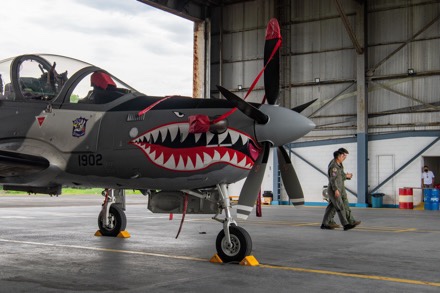
“We were also in the same Chinese class. It’s very exciting to meet him again,” said Marzo. “Out of more than a thousand cadets at the academy, there is small chance that we’d meet after graduation, especially if you’re working overseas.”
From classmates at the academy to leaders in their own countries’ militaries, both pilots expressed their surprise at meeting again under the circumstances and agreed that having a personal connection helped them collaborate more effectively while participating in exercise Balikatan.
“Even in recent history, we’ve done combat missions together, the United States and the Philippines. It just shows the importance of having these exercises to build that coordination, cooperation and joint tactics,” said Jackson.
Balikatan, meaning “shoulder-to-shoulder” in Tagalog, builds upon the shared history of cooperation and trust between the U.S. and the Philippines while allowing service members from both nations the opportunity to build friendships and broaden their understanding of each other.
“And it doesn’t end here,” added Marzo. “We develop connections and networks, so afterward we can still talk and learn from each other. It doesn’t end at Balikatan.”
By Airman 1st Class Anna Nolte


